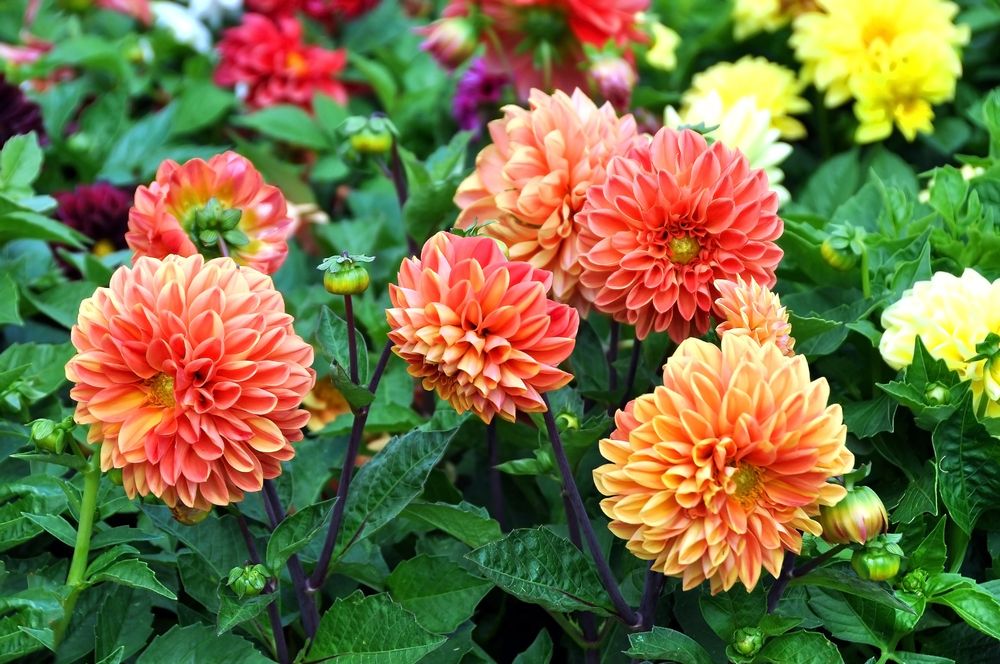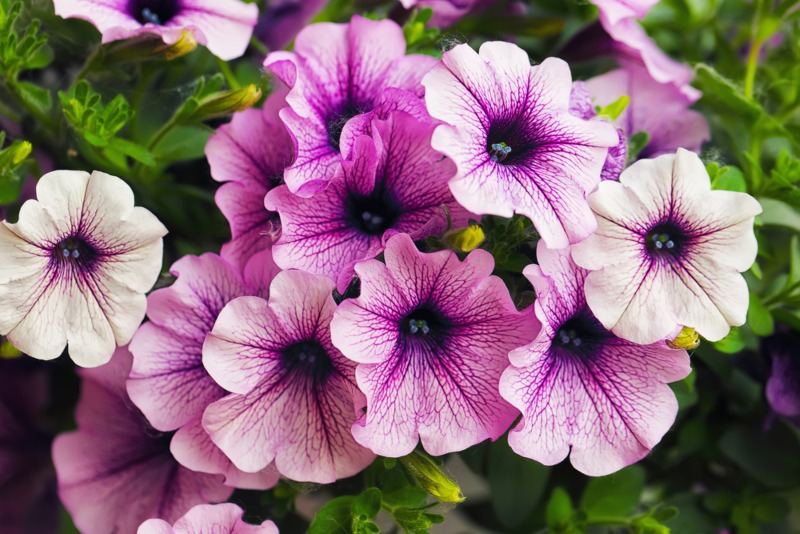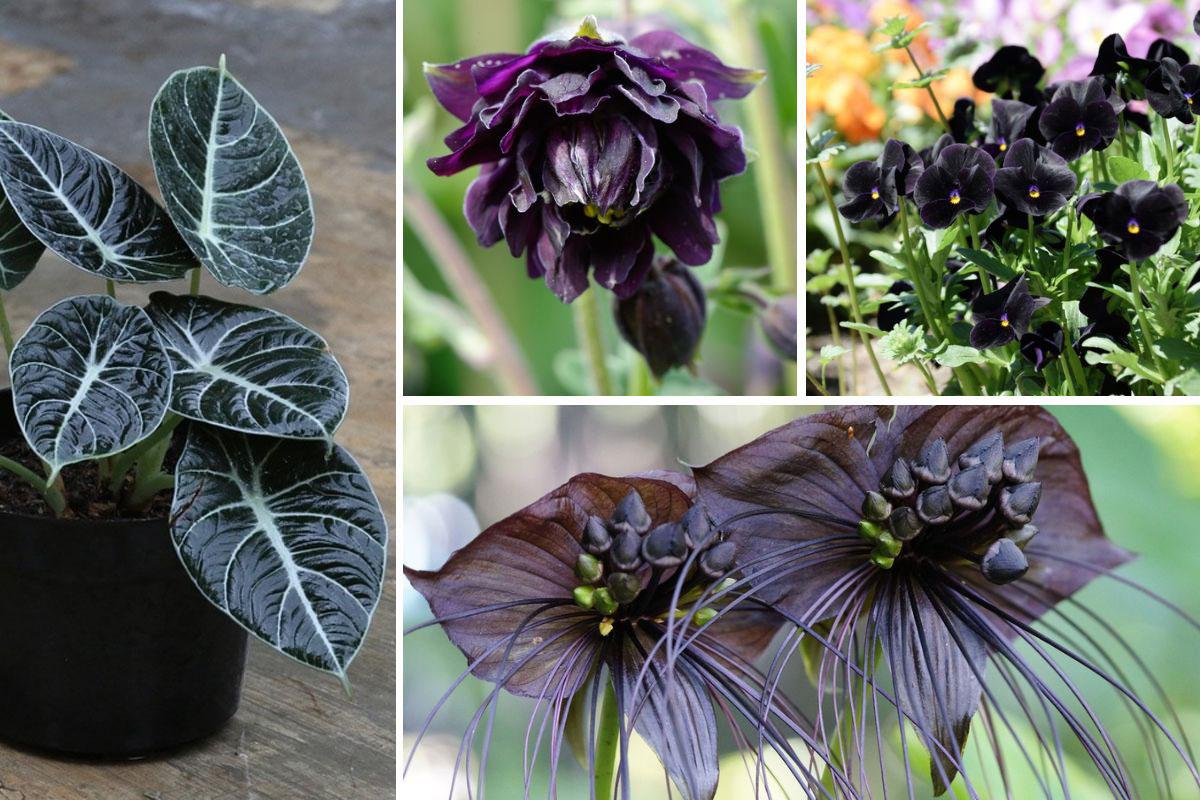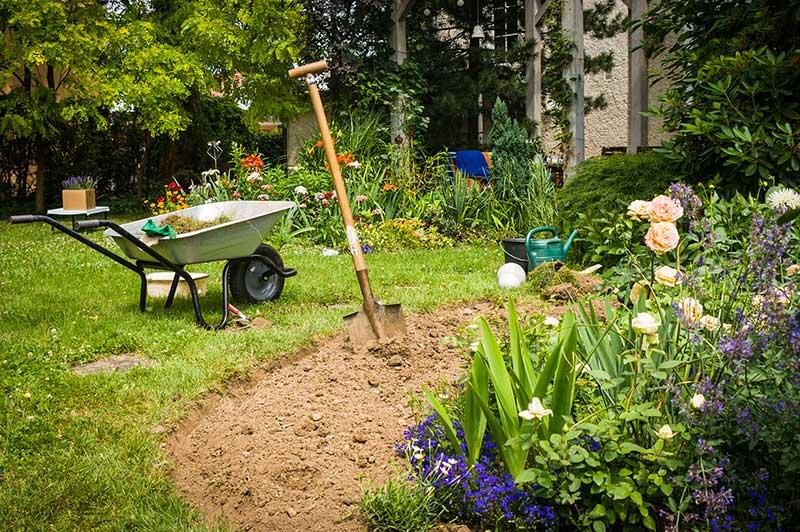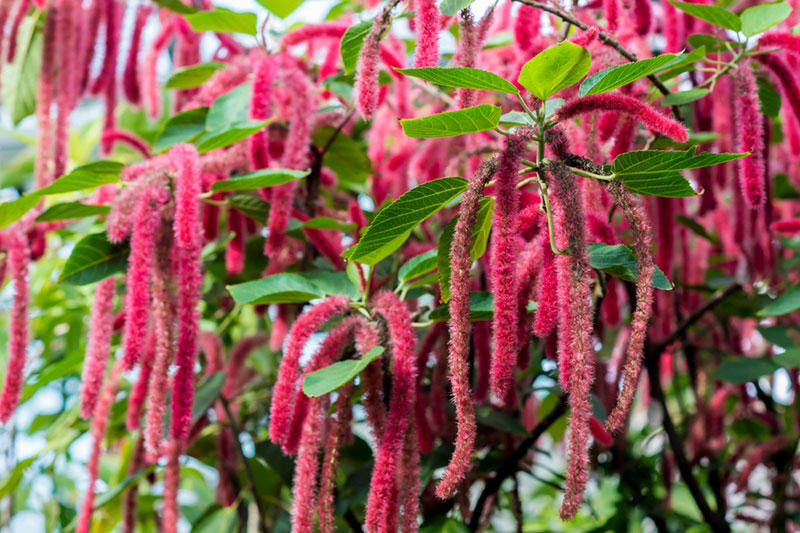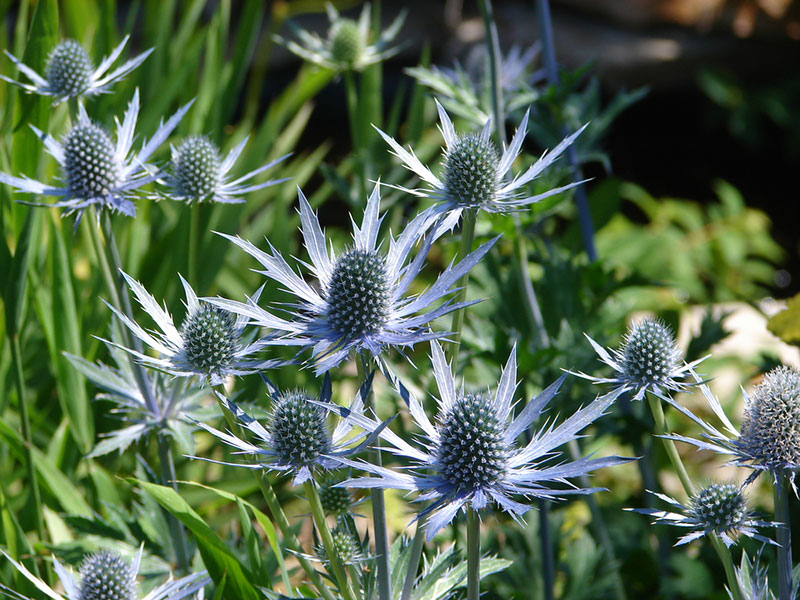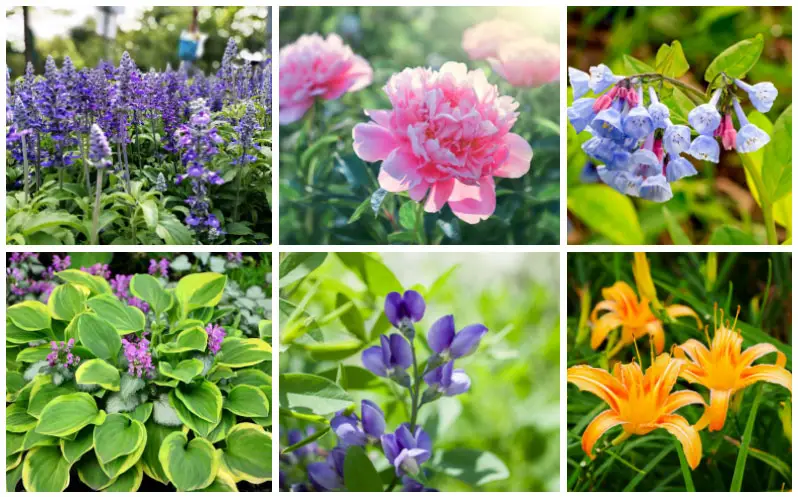
While many plants prefer morning sun and shade during the heat of the day, that is not always what meets your landscaping needs. You may have areas near your home or other buildings, on the side of fences or around trees that get morning shade and afternoon sun.
If you struggle with finding plants that grow well in your growing zone, consider these choices that prefer cover from the sun in the morning and bright light later in the day.
Baptisia
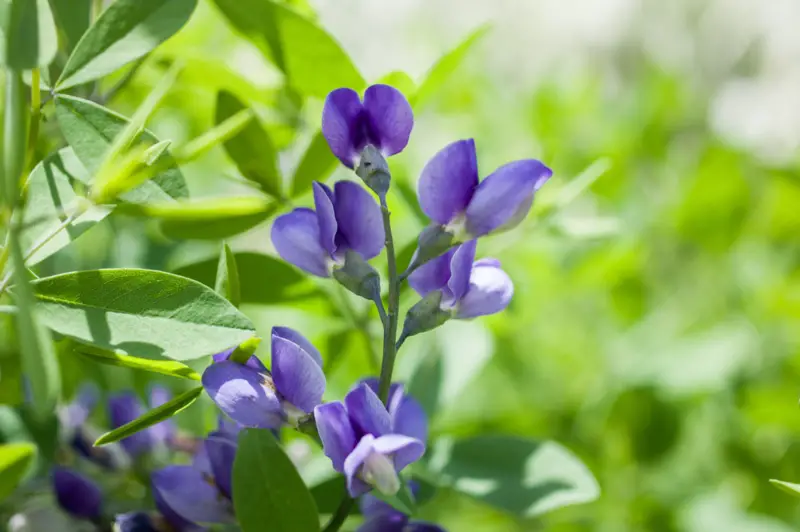
Gardeners in zones 3 to 9 can grow this indigo-like plant. This spring bloomer that grows up to 4-feet tall has light purple lupine-like flowers that grow on spikes that can be up to 1-foot long. After the flowers fade, it produces inflated seed pods that are up to 2.5-inches long that turn charcoal black as they ripen.
Amsonia
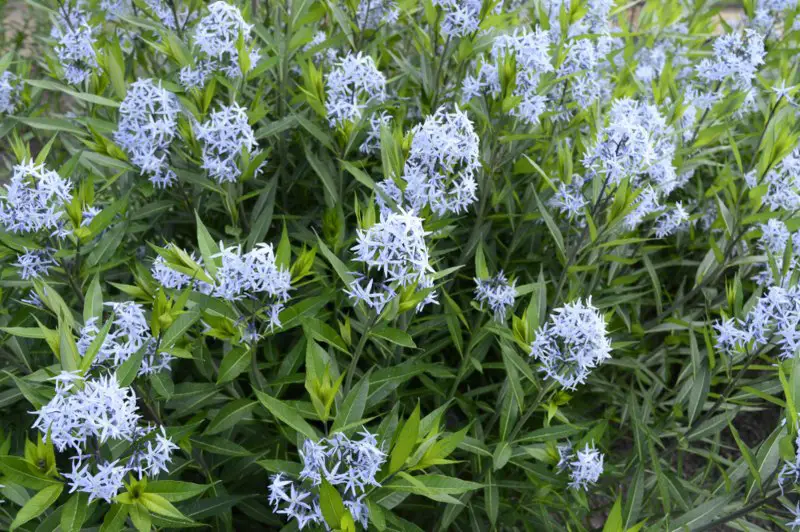
You will love this plant from the time that it blooms in the spring right through the first hard frost because, during each new season, this plant has a visually exciting characteristic. This plant that grows in zones 5 to 8 produces baby blue, star-like flowers on the ends of stems that can be up to 3-feet tall. Then, as the flowers fade, your attention is drawn to the bright green, thread-like leaves on this clump-forming plant. As the days begin to cool, then the leaves turn a beautiful golden color.
Salvia

There are over 1,000 varieties of salvia, so it is easy to find one that you will love and that will thrive in your area. You can find perennials for warmer zones and annuals for colder regions. A vast number of colors are available, including whites, salmons, pinks, purples, burgundies, and oranges. Most options start blooming in the early summer and repeat bloom for a long time. It is easy to find choices of this flower that blooms in long spikes that range in size from 18-inches to over 3-feet tall.
Peonies
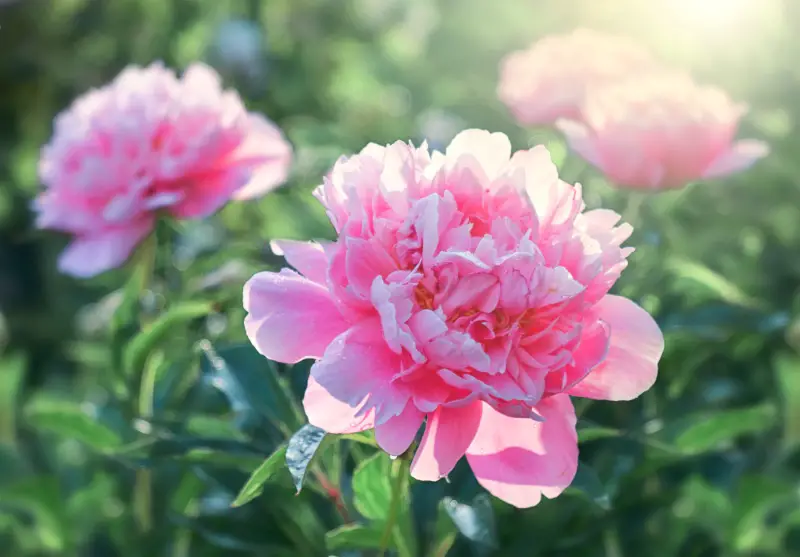
Peonies reward you handsomely for very little work by producing beautiful blooms. Most flower in the spring, but you can find other options as well. While there are many varieties, peonies can generally be broken up into herbaceous peonies, tree peonies, and Itoh peonies. Herbaceous peonies grow to be about 3-feet tall and come in a variety of colors and flower shapes. Tree peonies generally flower in mid-spring that are between 7-and-10-inches across. Most tree peonies will grow from zone 6 to 11. Itoh peonies are a cross between the two and will generally grow from zones 4 to 9. They have huge blossoms, and they usually do not grow over 3-feet tall.
Hosta

There are many different types of hosta plants, so one may look outstanding in your landscaping if you live in zones 3 to 8. This plant is usually raised for its beautiful foliage that comes in a variety of shapes, colors, and textures. Typically, basil leaves grow from a central rhizomatous. Most hosta puts on bell-shaped or funnel-shaped flowers in the late spring or summer that rise above high above its foliage mound on leafless stems.
Virginia bluebells
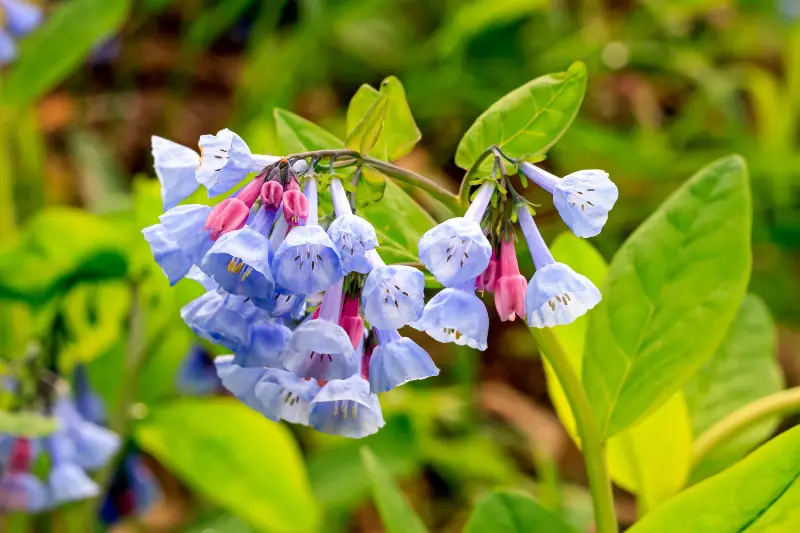
Virginia bluebells blooming is a welcome sign that spring has arrived at gardens in zones 3 to 8. The trumpet-shaped flower buds are usually pink, and the flower will emerge pink before its trumpet-shaped flowers that can be up to 1-inch long turn blue. The leaves on this plant that are usually about 3.5-inches long are blueish-green. Once this plant has announced spring, it will die back to the ground when days get longer and warmer.
Impatiens
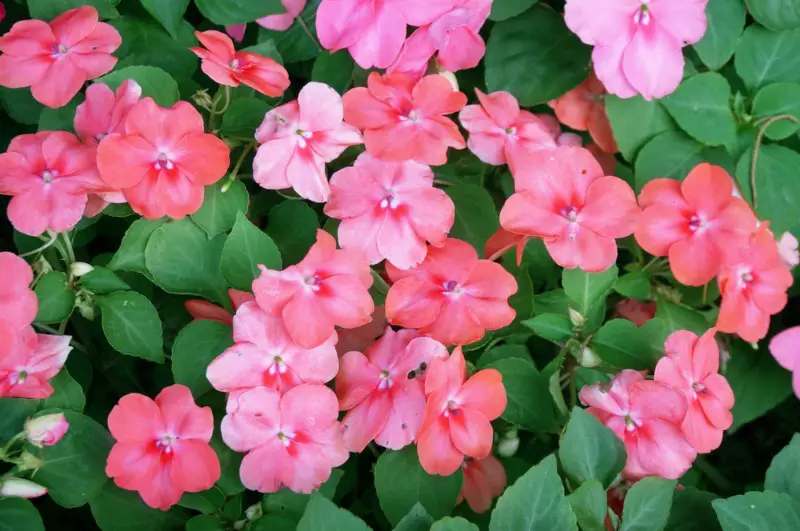
Gardeners in zones 1 through 8 find impatiens that grow well in their environment. Most options do not grow over 1-foot tall. White, red, yellow, pink, violet, coral, and purple may all be available. Usually, the more shade that this plant gets, the longer it will produce its 2-to-3-inch wide flowers. Consider planting impatiens in groups as their flowers will appear to wave in the wind.
Coneflowers
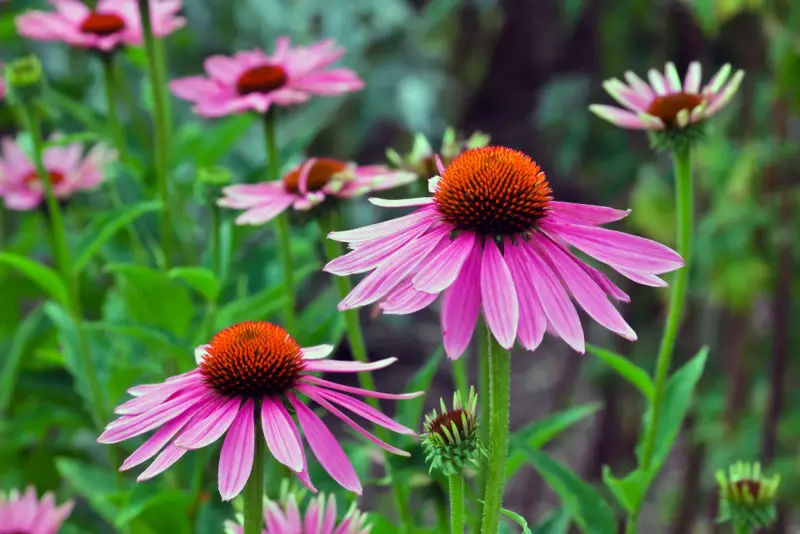
There are almost as many varieties of coneflowers as places to plant them in your neighborhood. Most are beautiful upright plants that produce rays in many colors surrounded by a center disc. You can find single color rays and rays that are tipped with a different color. While most coneflowers grow in single rows, you can also find plants with double rays and those that form a ball shape. Coneflowers will generally grow in zones 5 to 8, but you can find cold, hardy options for zones 3 and 4.
Daylilies
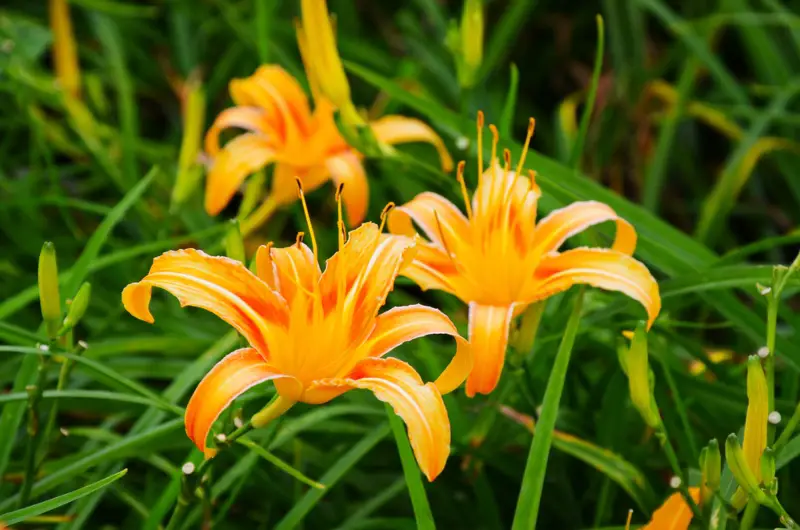
You can find daylilies for growing zones 3 to 9. While most will bloom in the early spring, you can find options that wait until late summer and early fall to bloom. Available in many different colors, these plants produce cup-shaped flowers that often have a contrasting-color throat. The flowers on most daylilies are about 6-inches across, and some may have scalloped edges.
Trade-in your worry about plants that grow well with morning shade and afternoon sun by choosing one of these top choices based on your growing zone. Many are perennials that will give you years of enjoyment.

